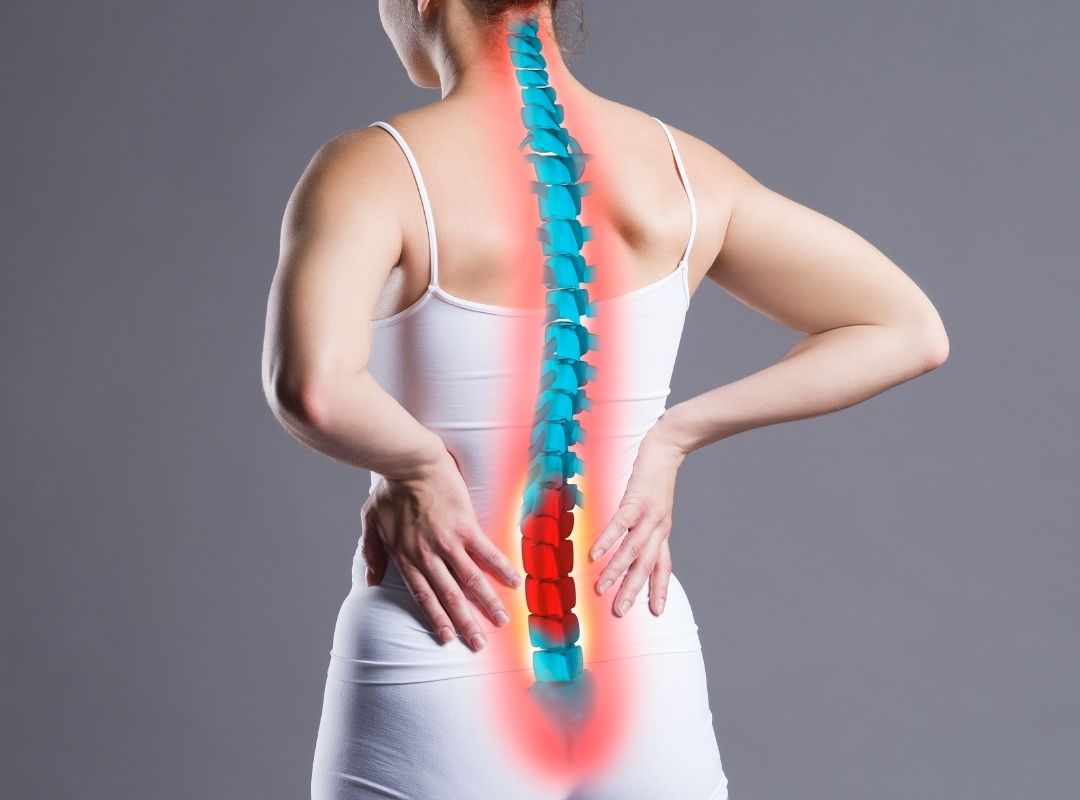Osteoporosis is emerging to be one of the most significant health risks especially among elderly people. One out of three females and one out of eight males suffers from osteoporosis Around 30 crore Indians are affected by osteoporosis. It is responsible for over 1.5 million fractures annually.
Understanding Osteoporosis: A Growing Health Concern
Osteoporosis is a condition characterized by weakened bones, making them more susceptible to fractures. It can lead to disability, loss of independence, and increased mortality.
Weakened Bones: Osteoporotic bones are fragile and prone to fractures, even with minor impacts.

Key Facts About Osteoporosis:
Risk Factors:
Ageing: Risk increases with age, especially after middle age.
Heredity: Family history plays a role; if parents had osteoporosis, the risk is higher for their children
Ethnicity: Asian backgrounds, like Indians, are more prone to osteoporosis due to genetic and lifestyle factors
Lifestyle Factors: Sedentary lifestyle, poor diet, smoking, and excessive alcohol consumption contribute to osteoporosis risk
Medical Conditions: Certain conditions, such as menopause, can increase osteoporosis risk due to hormonal changes
Prevention and Management:
Diet: Adequate calcium and vitamin D intake support bone health.
Exercise: Regular weight-bearing and resistance exercises can help maintain bone density.
Lifestyle Changes: Avoiding smoking and excessive alcohol consumption
Medical Interventions: Medications and hormone therapy may be prescribed to manage osteoporosis.
Importance of Awareness:
Understanding osteoporosis and its risk factors can help individuals take proactive steps to maintain bone health and prevent fractures. If you're concerned about osteoporosis, consult with your healthcare provider about assessment and management options.
The Dynamic World of Bones
Bones are often perceived as rigid and lifeless, but they're actually living, growing tissues that play a vital role in our overall health. According to recent studies published in top medical journals, bones are complex organs that provide:
Shape and Structure: Bones give our body its shape and support its functions.
Protection: Bones shield internal organs, such as the brain and heart.
Movement: Bones work with muscles to facilitate movement and locomotion.
Mineral Storage: Bones store essential minerals like calcium and phosphorus.
Factors Influencing Bone Strength:
Research highlights the importance of various factors that contribute to bone strength, including:
A well-balanced diet, regular exercise, and a healthy lifestyle can support bone health. Adequate intake of calcium and vitamin D, minerals such as calcium and phosphorus are crucial for maintaining strong bones.
Osteoporosis is a significant health concern in India, affecting approximately 61 million people, with 80% of them being women. Here's a breakdown of the key facts and risk factors:
Smoking and excessive alcohol consumption can affect bone health,
Early detection and treatment, including medications like bisphosphonates, can help manage osteoporosis and prevent fractures
| Age | Requirement |
|---|---|
| 1-3 yrs | 500 mg |
| 4-8 yrs | 800 mg |
| 9-18 yrs | 1300 mg |
| Above 51 | Above 1200 mg |
| After menopause | 1200 mg |
| Major Sources of Bone Building Nutrients | |
|---|---|
| Nutrient | Major Sources |
| Phosphorus | Dairy products (milk, paneer, cheese), green leafy vegetables (palak, methi, drumstick leaves), calcium fortified beverages and foods |
| Magnesium | Seeds, nuts, legumes, dark green vegetables |
| Fluoride | Fluoridated drinking water, foods prepared with fluoridated water |
| Vitamin D | Fortified milk, fatty fish, exposing skin to sunlight |
| Vitamin K | Green leafy vegetables, vegetable oils |
Debunking Common Myths About Osteoporosis
By debunking these myths, we can raise awareness about osteoporosis, promote prevention, and encourage early detection and treatment to maintain strong bones and overall health.
Myth 1: Osteoporosis only affects older adults
Reality: While osteoporosis is more common in older adults, it can affect people of any age, including children and young adults, especially if they have underlying risk factors.
Myth 2: Osteoporosis is a natural part of aging
Reality: While age is a risk factor, osteoporosis is not an inevitable part of aging. Lifestyle changes and preventive measures can help maintain bone health.
Myth 3: Only women get osteoporosis
Reality: While osteoporosis is more common in women, men can also be affected. Men with osteoporosis often experience more severe consequences due to lower bone density.
Myth 4: You can tell if you have osteoporosis by symptoms
Reality: Osteoporosis often has no symptoms until a bone fracture occurs. Regular bone density screenings are essential for early detection.
Myth 5: Osteoporosis is only caused by genetics
Reality: While genetics play a role, lifestyle factors like diet, exercise, and smoking also contribute to osteoporosis risk.
Myth 6: You can't prevent osteoporosis
Reality: Preventive measures like a balanced diet rich in calcium and vitamin D, regular exercise, and avoiding smoking and excessive alcohol consumption can help maintain bone health.
Myth 7: Osteoporosis treatment is only for people with severe osteoporosis
Reality: Treatment can be beneficial for people with osteoporosis of any severity. Early intervention can help prevent fractures and slow disease progression.
By understanding the dynamic nature of bones and the factors that influence their strength, individuals can take proactive steps to maintain bone health and prevent related disorders.
Prevention and Management:
Lifestyle changes: Avoiding smoking and excessive alcohol consumption can reduce osteoporosis risk.
Medical interventions: Medications and hormone therapy may be prescribed to manage osteoporosis.